View the spoiler for my guess at what I think it might be, but please first come to your own conclusion before looking at mine — I don’t want to bias your guess.
My guess
Psilocybe cyanescens
They were found in mid-november in the Salish Coast region of Cascadia. They were growing out of woodchips composed of a mixture of western hemlock (majority), and western red cedar.
Side view of one full mature specimen:

A group with a sample of the substrate (the cap appears to be umbonate):

A closeup side view, and internal view of the stem (it appears to be hollow):
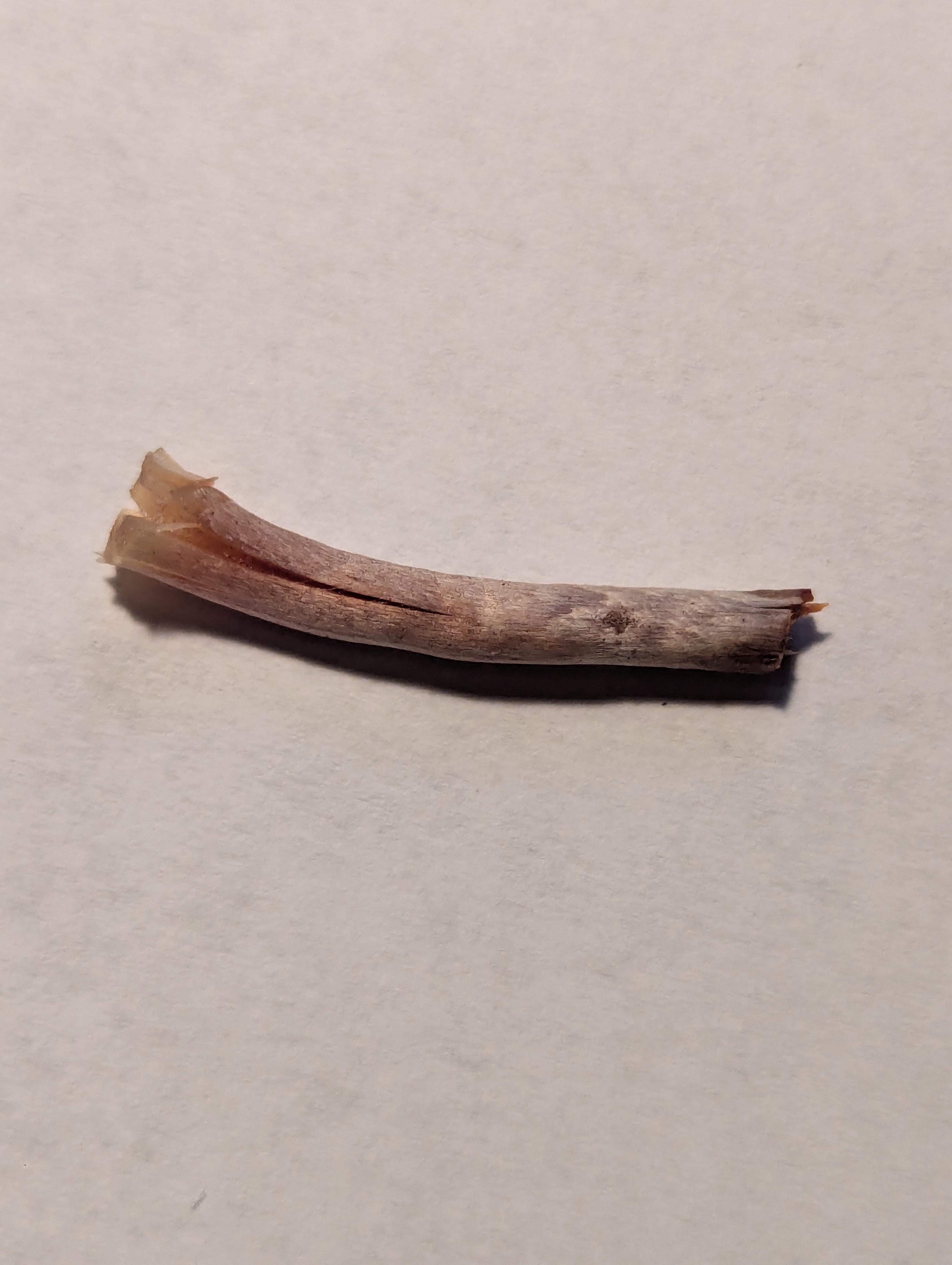
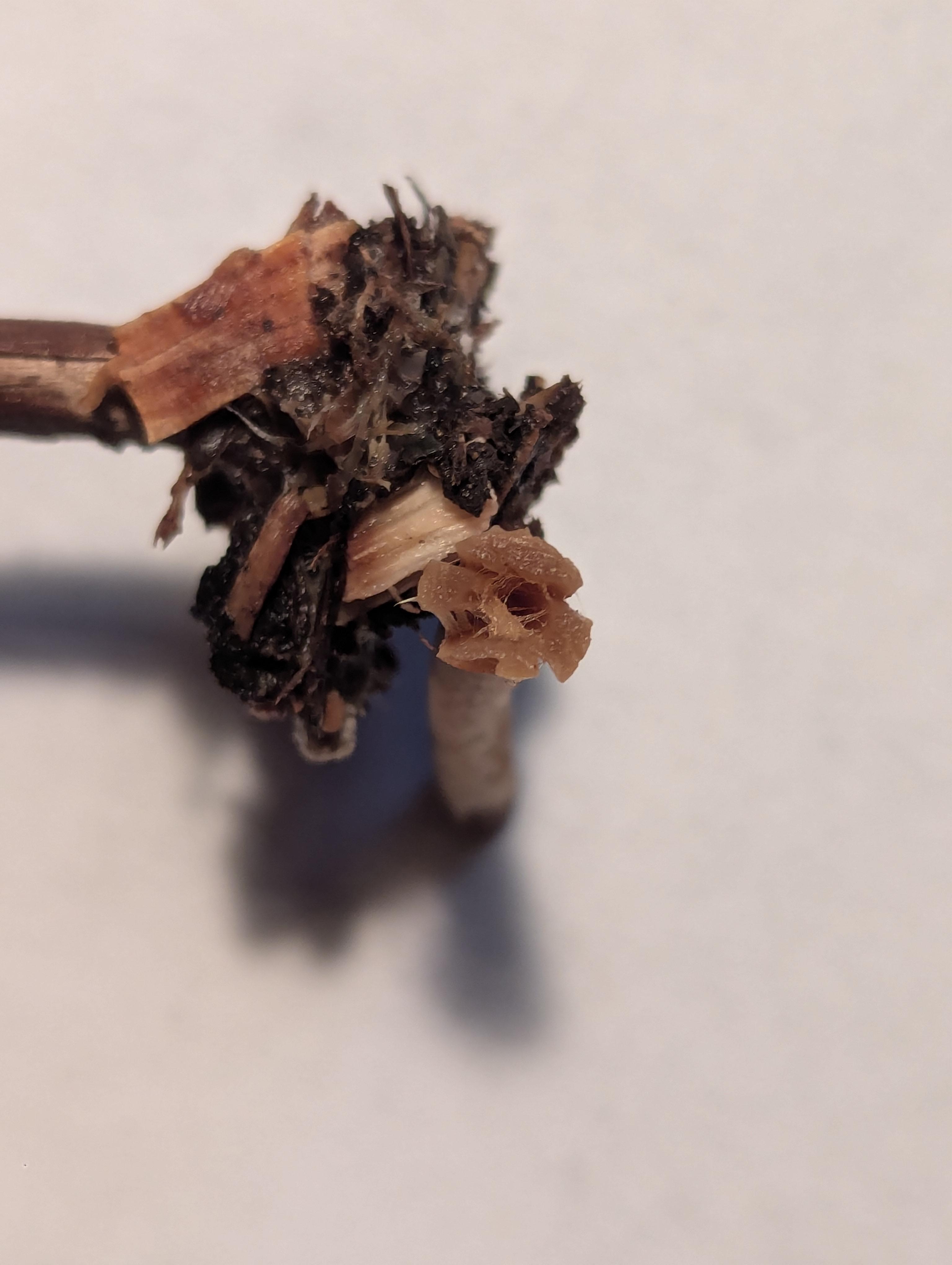
Cross section of the gills — they appear to be adnate, or sub-decurrent:
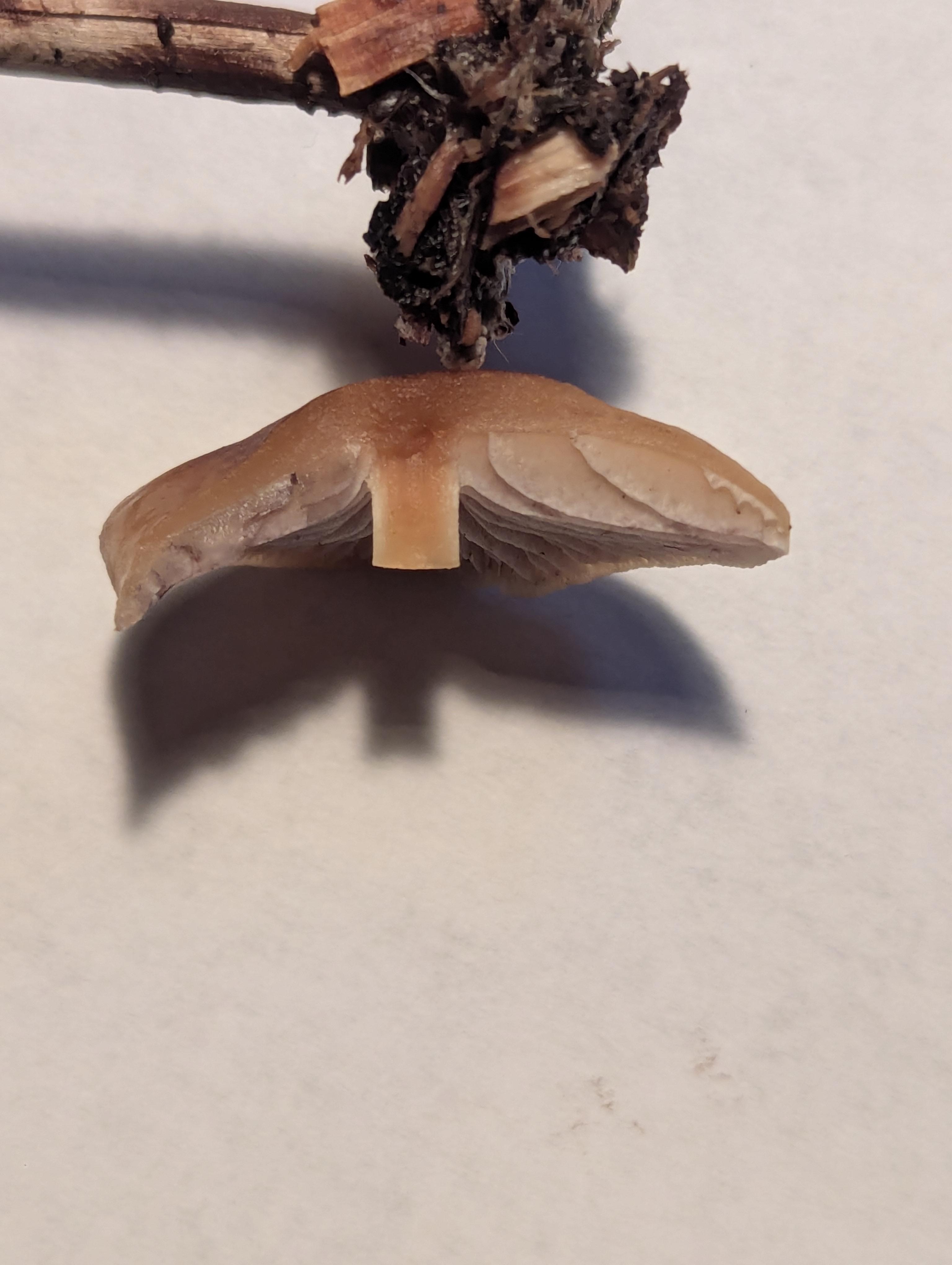
Underside of view of the gills:
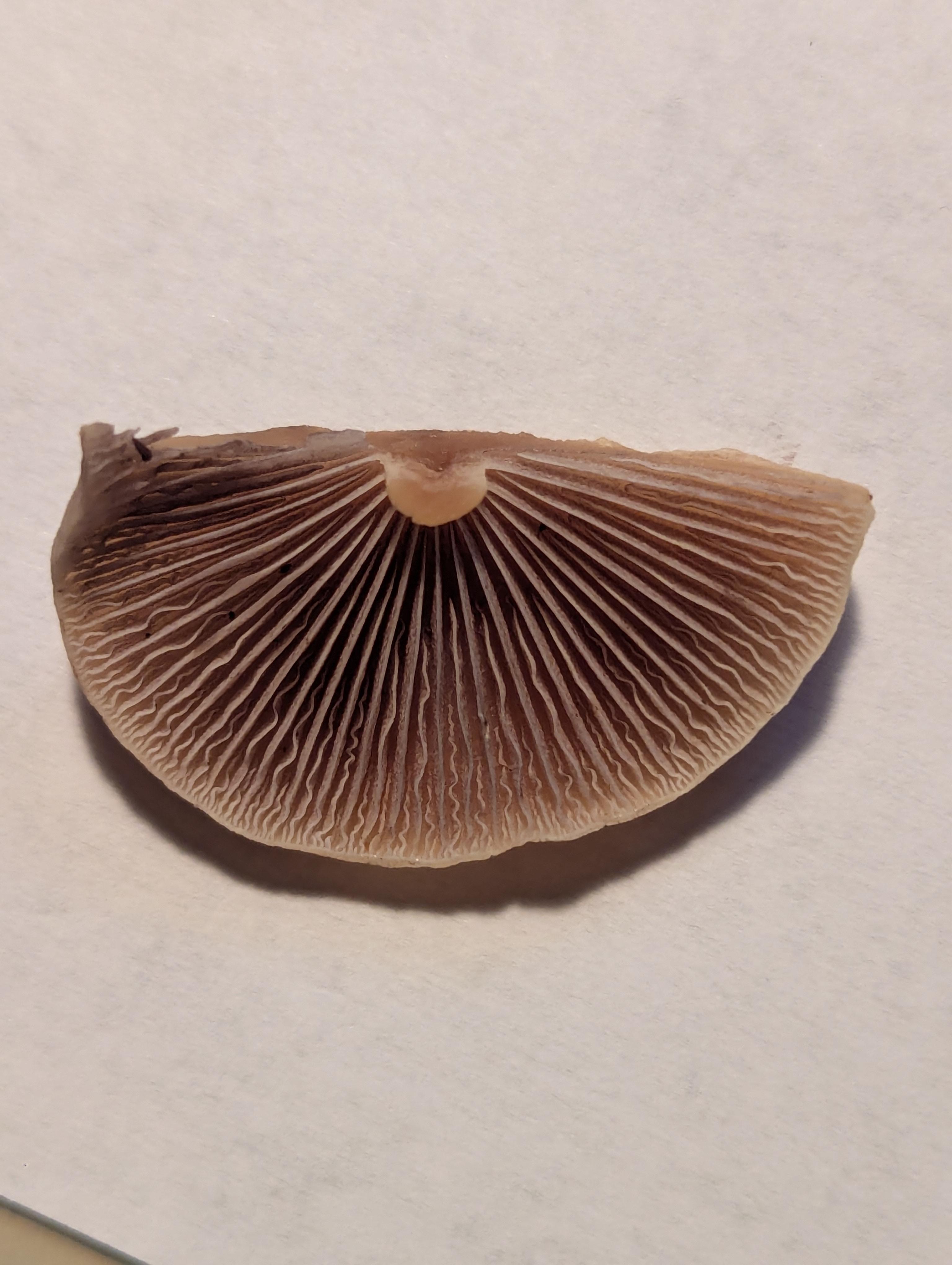
Spore print (first on white background (the split is due to two halves), second on a black background):
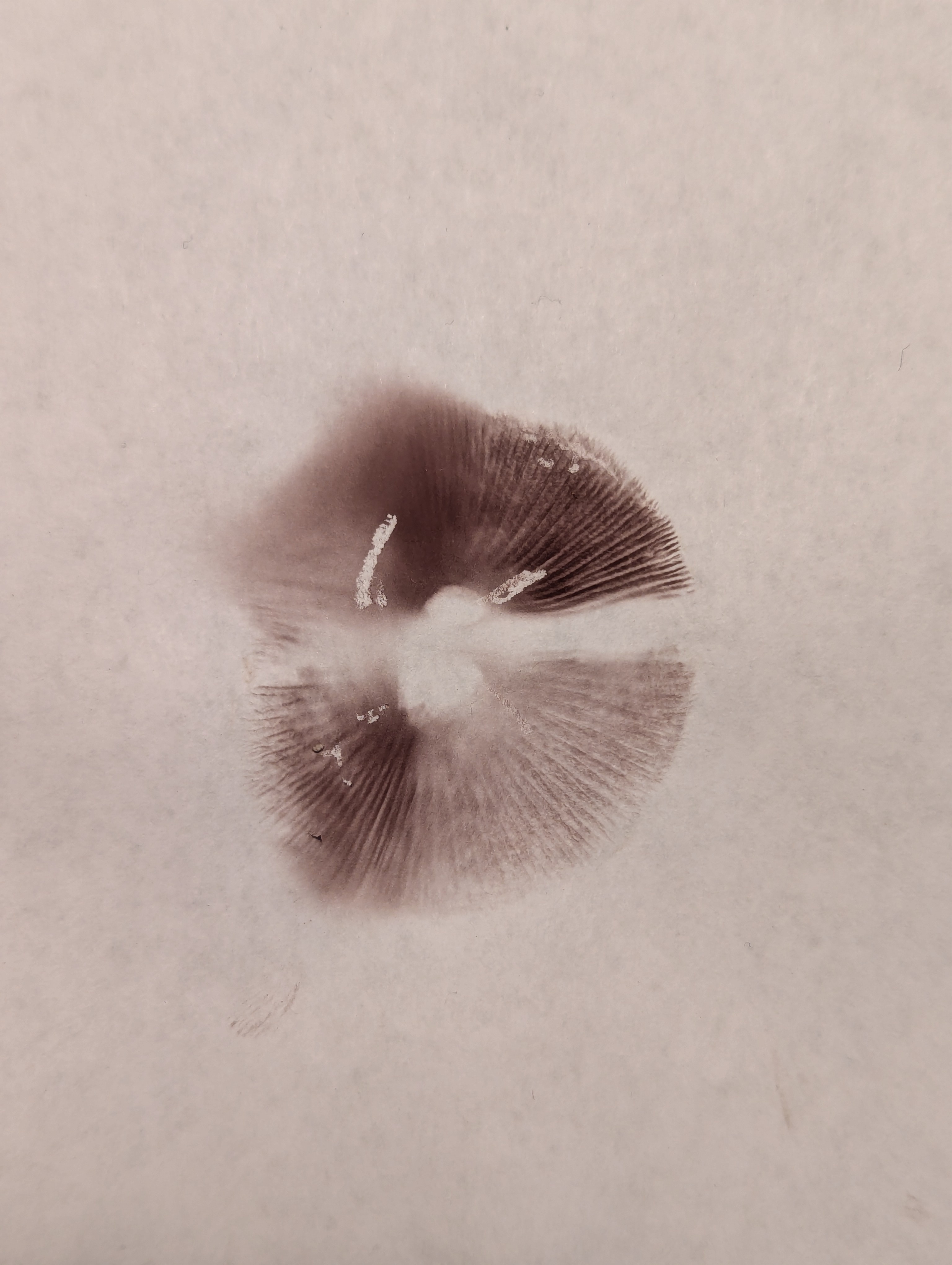
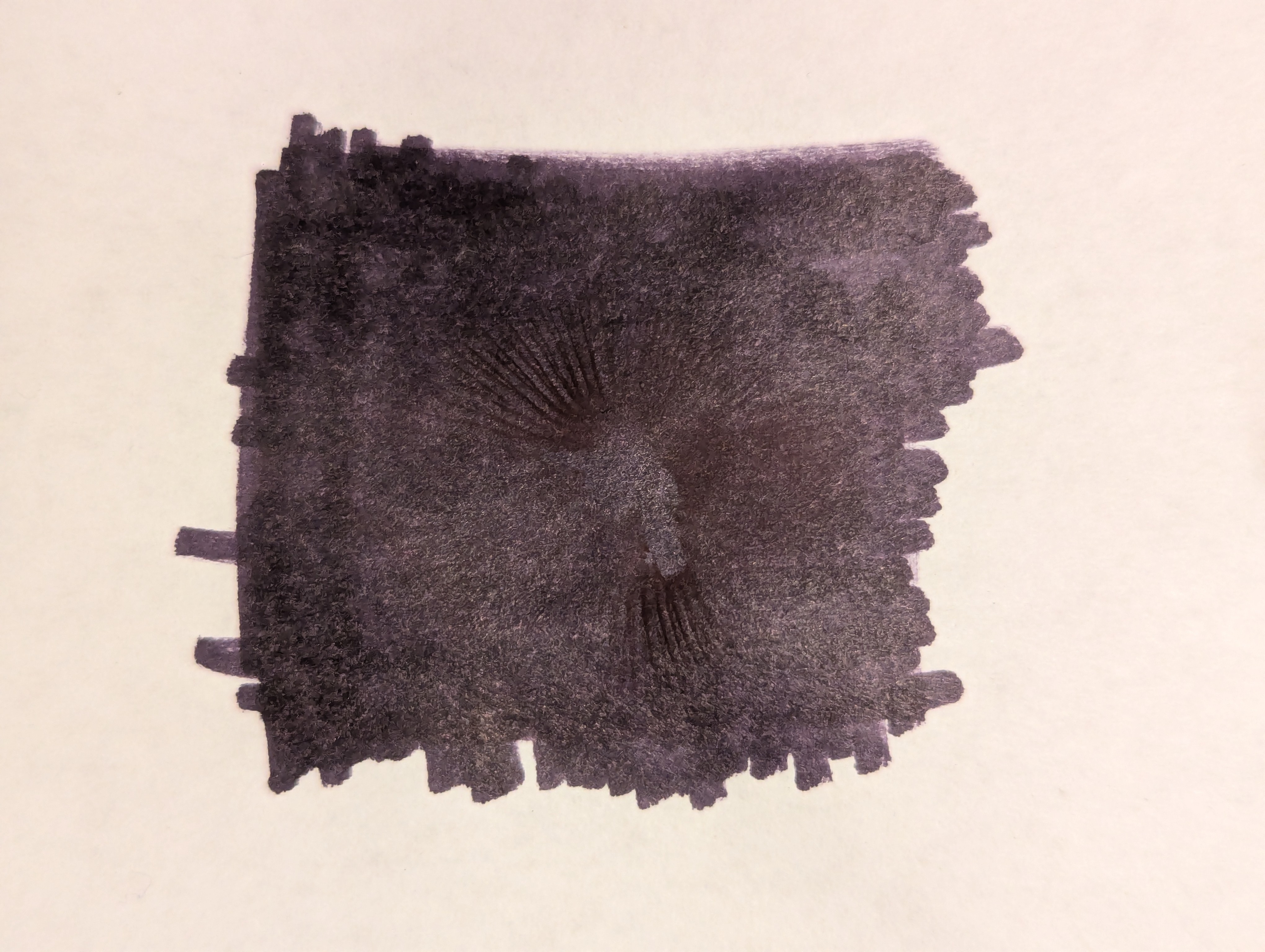
Examples specimens once dried:
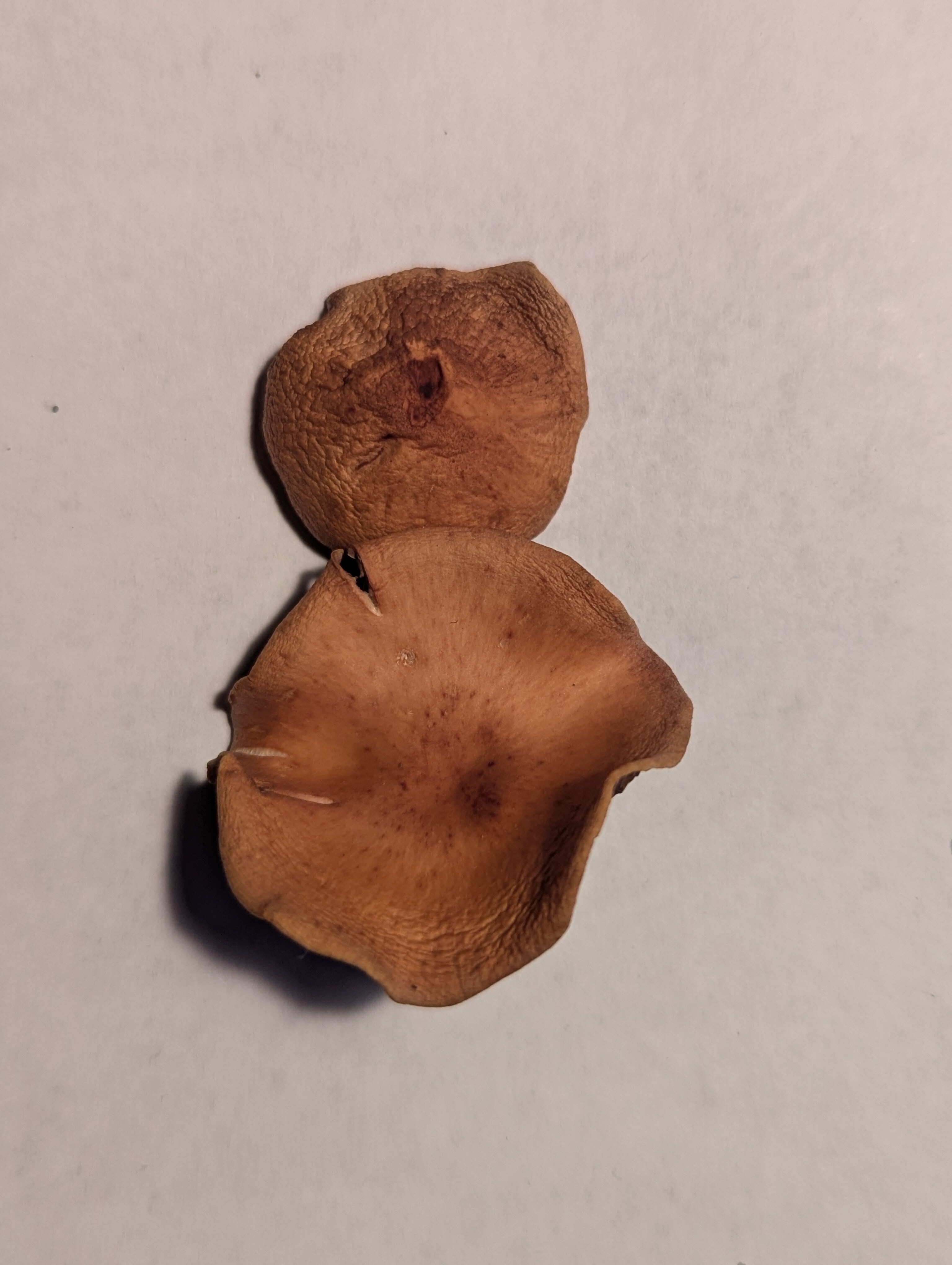
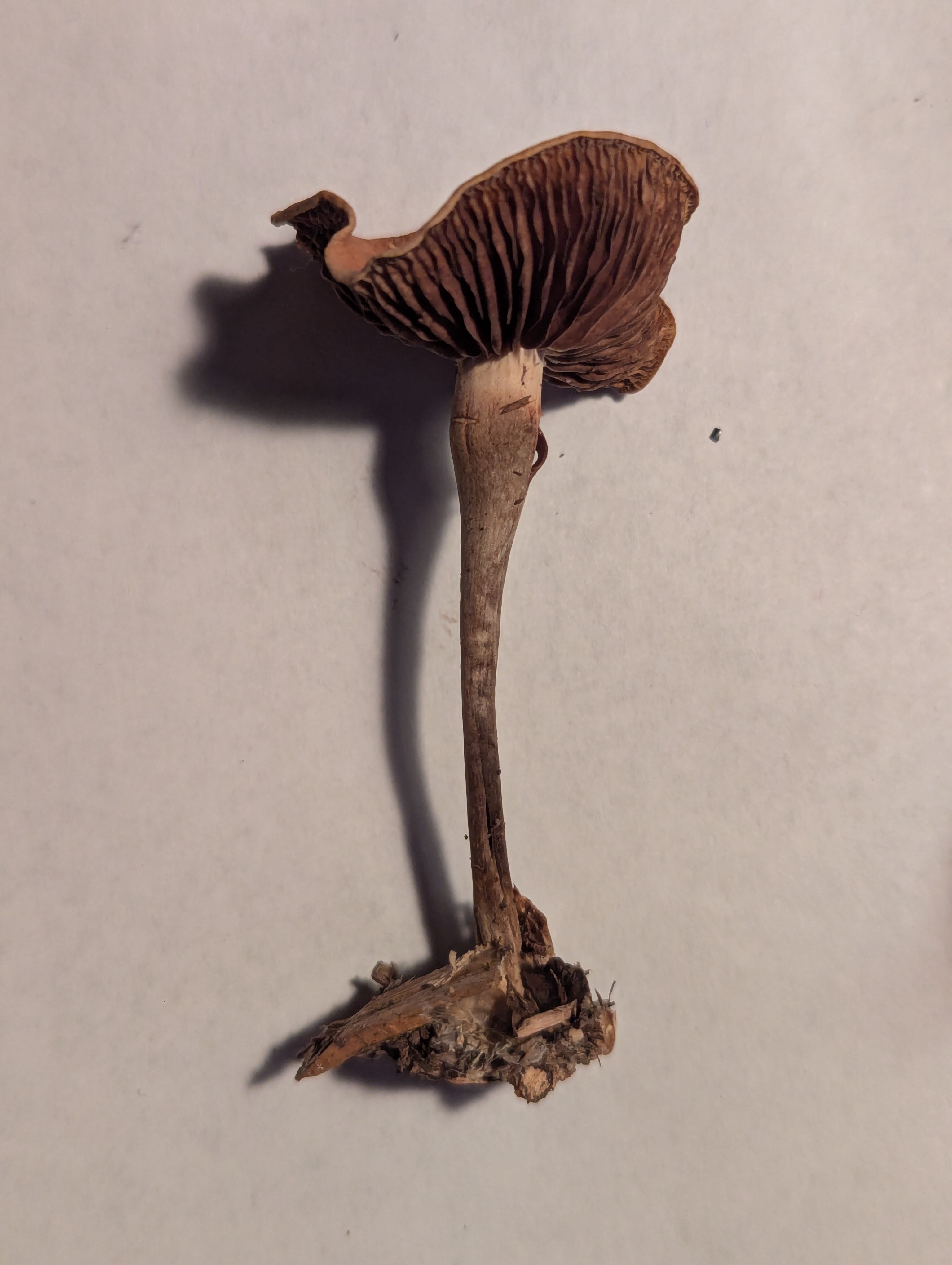
Examples of the colony, and the location/substrate in which it was growing:
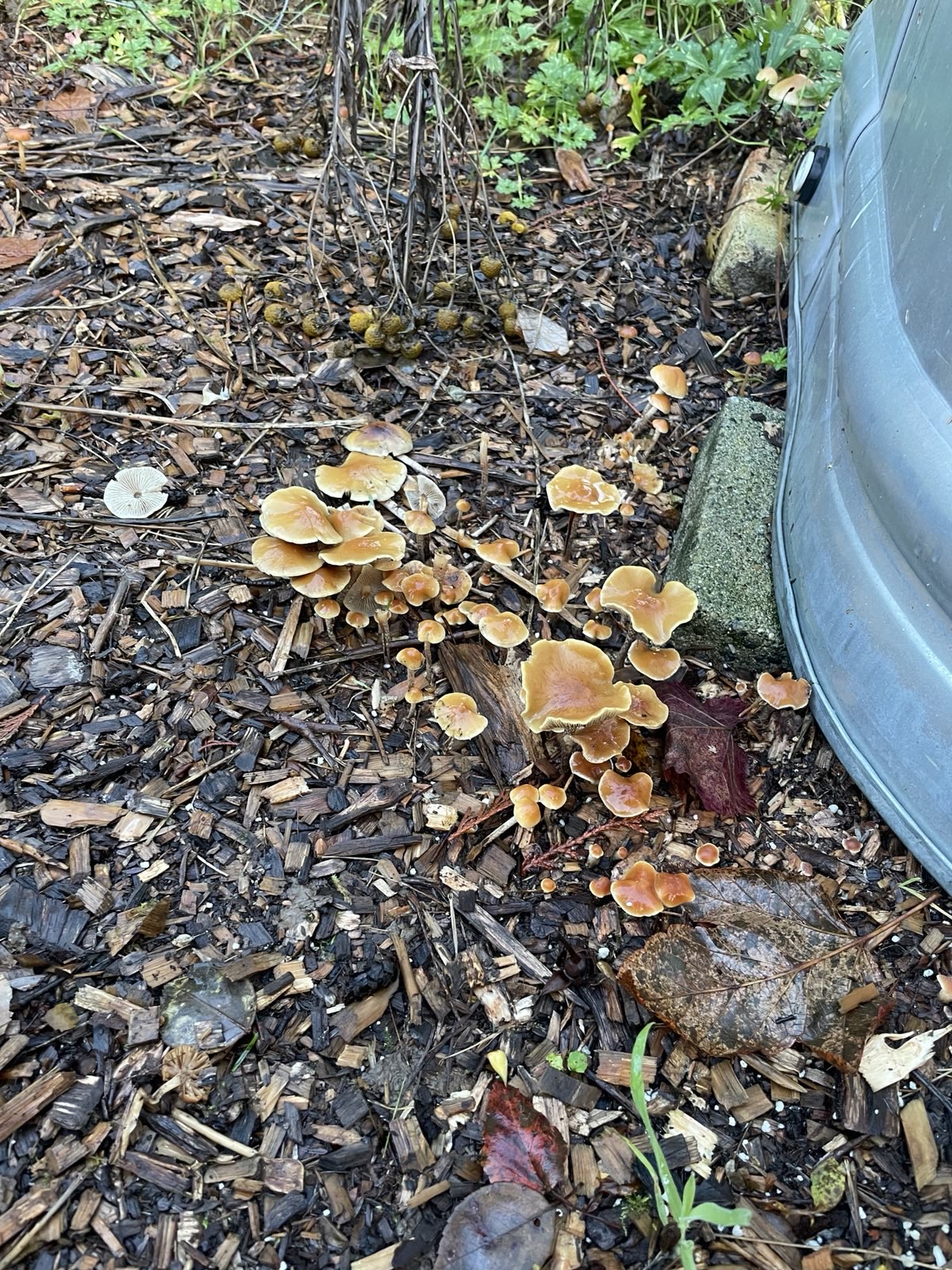

Cross-posts:

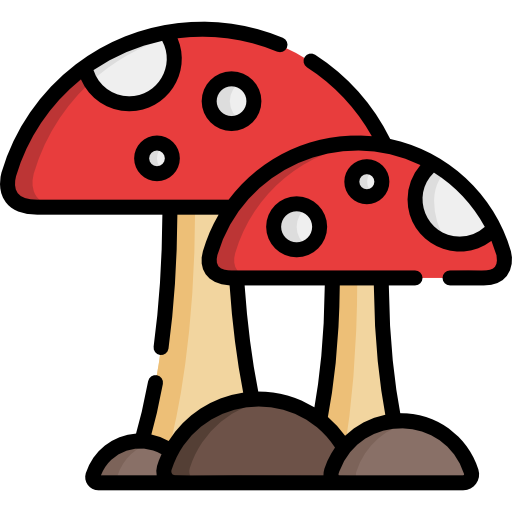
I certainly agree that this is a risk. I think, at least, a big chunk of it could be alleviated by people citing how they know the information that they are providing — eg if someone asks about a mushroom in Cascadia, then someone says they know what it is and then cites their source as knowledge gained in China, it should then raise some red flags, or at least raise the bar significantly for trust.
right, but it’s the internet - you’re just going to get people asserting or agreeing or upvoting without any evidentiality, and trying to pry evidentiality from people will come across as tedious or potentially rude. Maybe in some circles it would be totally fine (like academics), but with the general mushrooming public I suspect you just won’t get a culture like that.
I see your point, and I generally agree, but I think it’s more of a separate issue. I think people should still be pushed to cite sources for their claims.